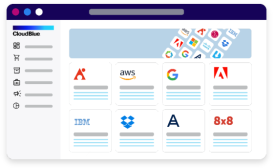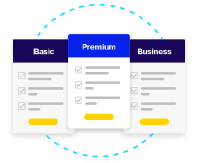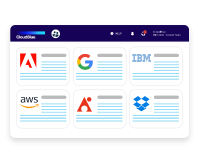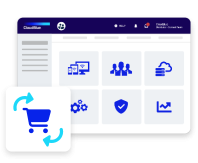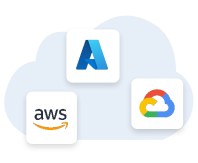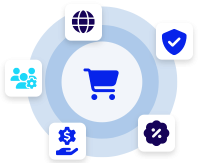The Subscription Revenue Model (SRM) is a business model where companies earn revenue by charging customers a recurring fee, typically on a monthly or annual basis, in exchange for access to products or services. This model has become increasingly popular, particularly in the SaaS (Software as a Service) world, as it provides a predictable and steady revenue stream while allowing businesses to build long-term relationships with customers.
One of the biggest advantages of the subscription revenue model is its ability to create recurring revenue. Instead of relying on one-time purchases, businesses benefit from a regular influx of income that can be more easily forecasted and scaled. This model also fosters customer loyalty, as subscribers continuously engage with the product or service.
Key components of a successful subscription revenue model include:
- Flexible pricing tiers: Offering multiple subscription levels caters to different customer needs and allows businesses to reach a broader audience.
- Renewal management: Automating renewals to ensure continuity for customers while minimizing churn.
- Upselling opportunities: Encouraging customers to upgrade to higher tiers or add-ons as their needs evolve.
Another key feature of this model is its scalability. As companies grow, they can refine their offerings, introduce new features, and adjust pricing models without needing to change the core structure. This flexibility makes the subscription revenue model especially attractive for SaaS companies, digital content providers, and other industries looking to retain customers over the long term.
The subscription revenue model not only provides financial stability but also creates a pathway for businesses to expand and innovate, ensuring ongoing value for both the company and its customers.

